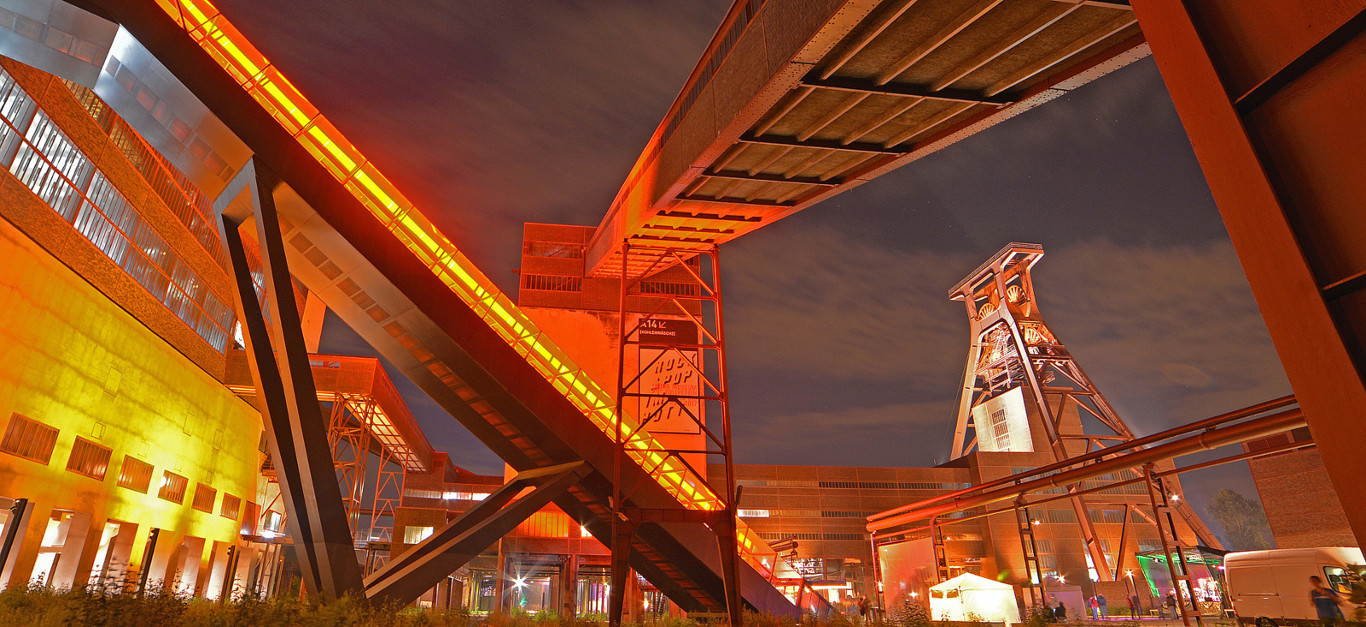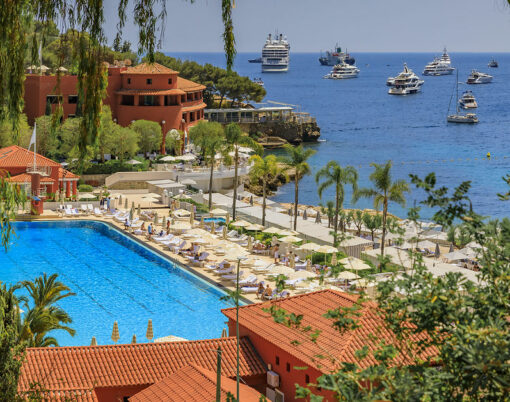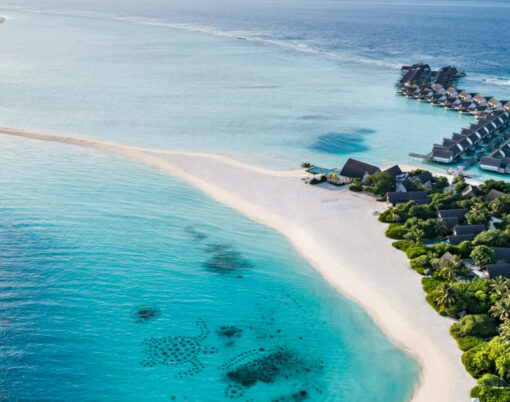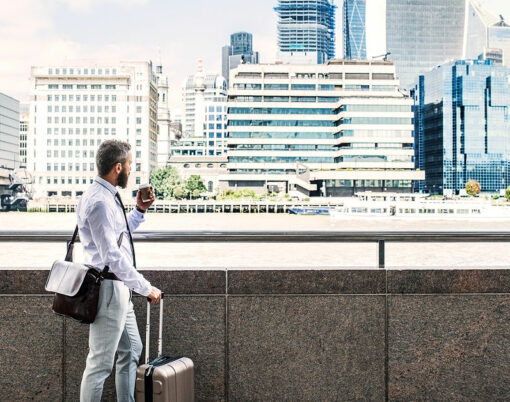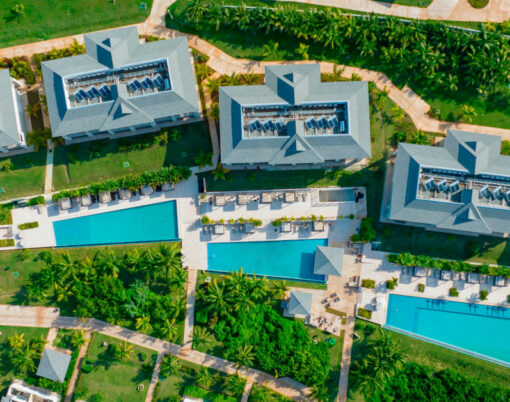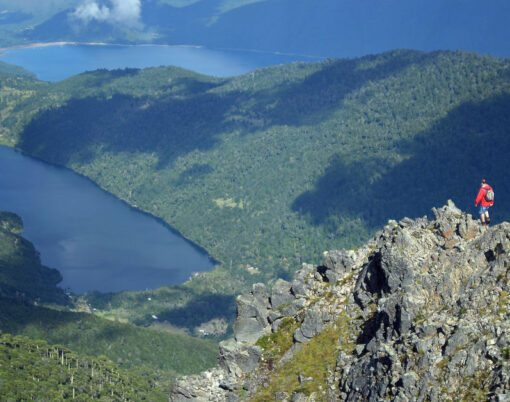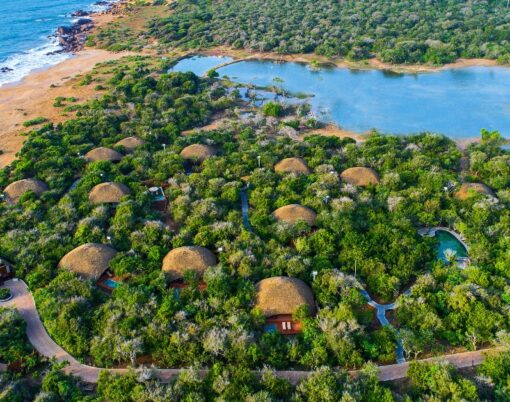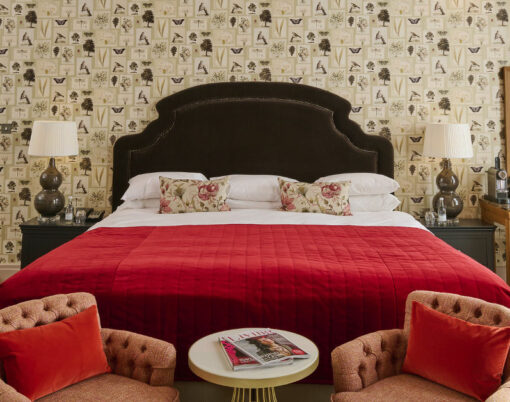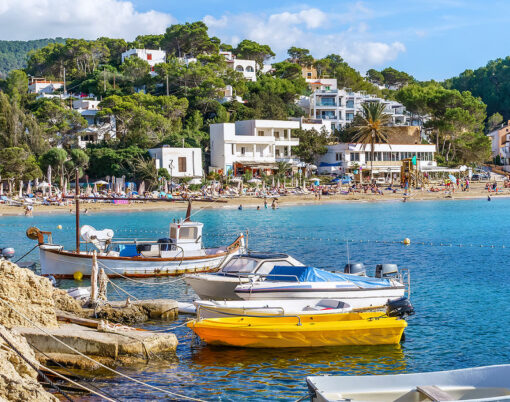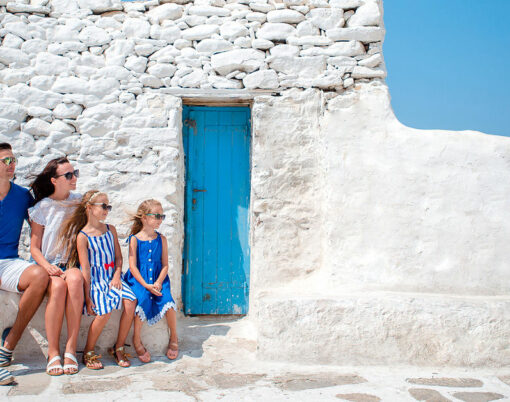Germany is celebrating 100 years of Bauhaus all over the country and the Zollverein Coal Mine in Essen is a magnificent testimony to industrial design of an era gone by.
Essen, in the Ruhr region of Germany, was once a thriving region because of it’s coal and steel industry. The Zollverein Coal Mine Industrial Complex spread over 100 hectares has some of the most beautiful architectural buildings that respresent the Modern Movement.
Coal mining was an important industry in the 19th and 20th centuries and today the complex is a UNESCO World Heritage Site.
Each part of the colliery has been preserved, some parts restored and converted to suit contemporary requirements. The historical coal-mining site includes : the pits, coking plants, railway lines, pit heaps, miner’s housing and consumer and welfare facilities.

The architects Fritz Schupp and Martin Kemmer developed Zollverein following the graphic language of the Bauhaus – combining form and function. The Zollverein Coal Mine Industrial Complex was awarded the designation of UNESCO World Heritage Site in 2001.
Contemporary attractions
Today, the industrial monument Zollverein is the first and so far only World Heritage Site in the Ruhr Area. With it’s vast expanse, the history is being recreated in all quarters – with museums, dance, music theatre, culinary art and design.
Since the final working shift in 1986, Zollverein has been transformed into a prime site for the art, culture and creative sectors, attracting more than two million visitors a year. This building symbolises the structural change in the Ruhr metropolis.
When it was working, the Zollverein Coal Mine Industrial Complex was the largest coal mine in the world, with the largest coking plant in Europe. Visitors can take a tour through the entire complex, beginning from the escalator that takes you from ground level to 24 metres height (almost 80 feet), allowing you to take in the massive scale of the site.

A large piece of coal is exhibited in the reception that stands in the middle of what would have previously been the production floor. A cafe, a book shop and seating space are the only elements that associate with pleasantries and allow one to get used to the sheer expanse of the operations.
After the tour make it a point to lunch at the fantastic Kokerei Cafe Restaurant, situated a short distance away from the main building, reachable by walking on railway tracks now converted into an informal garden. The lunch menu is simple and the best choice is fried sausages in curry, served with sweet potato chips downed with a local beer.
Art and contemporary design
The Red Dot Design Museum Essen in the former boiler house of the coal Mine Industrial Complex houses the world’s largest exhibition of contemporary design.
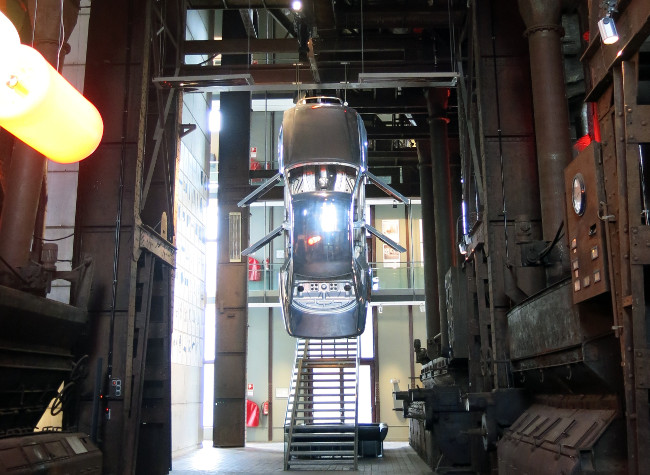
Don’t miss the exhibit on the first floor – the hanging Audi which became a permanent structure. In 1993, Audi introduced the Audi Space Frame, the first full aluminium body of the world, at the International Motorshow IAA in Frankfurt, Germany.
With a weight of only 180 kg and its polished surface, the coachwork is pending with doors wide open from the ceiling of the Schürerstand (stoker’s station).
A visit to the colliery takes an entire day or more, if you want to look into the details of the complex as there is a lot of explore. A trip that will definitely leave you enriched at the sheer German technical expertise!












